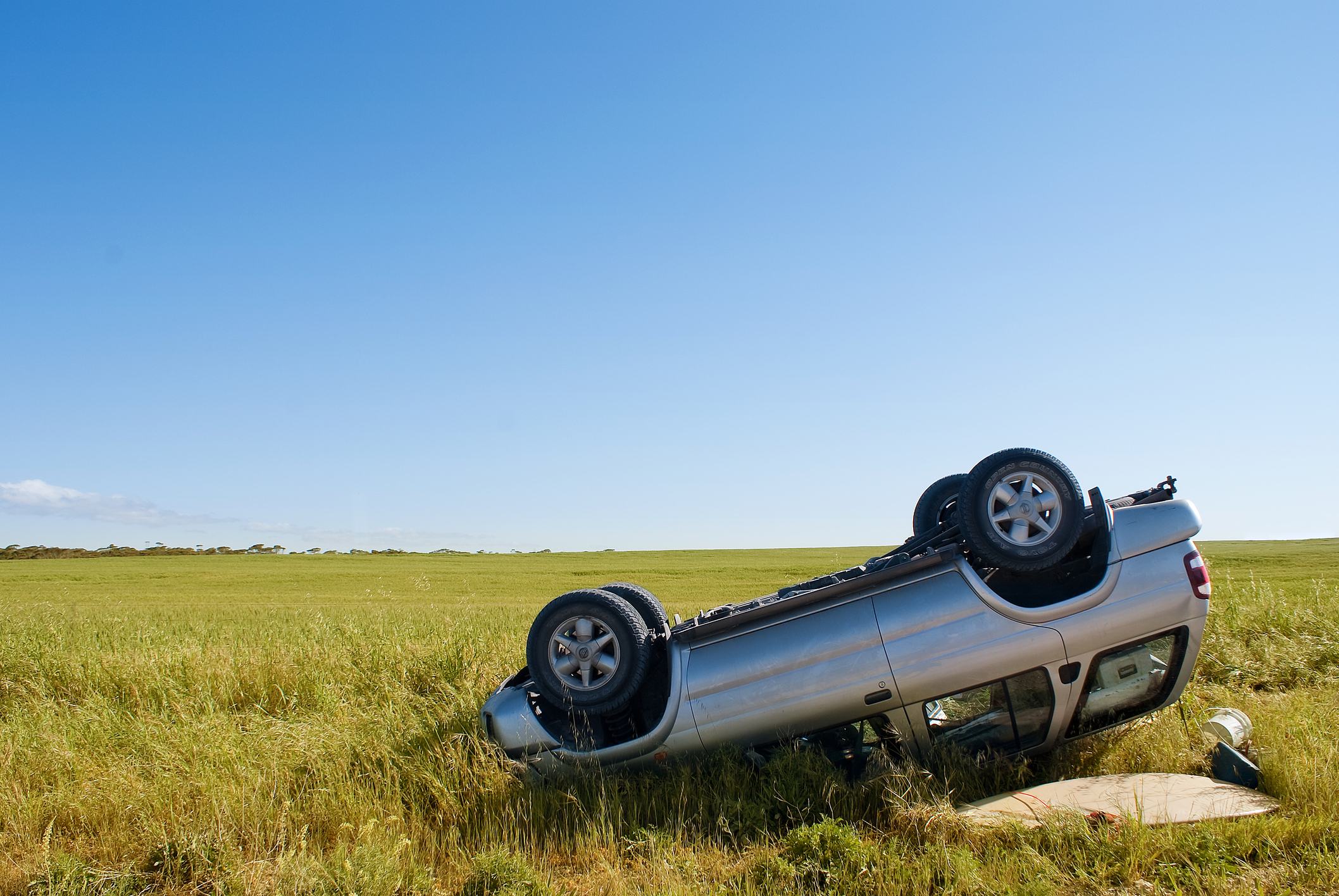
The most common types of car insurance help you cover expenses, including medical bills and repairs in the case of an accident, as well as theft or other damage to your vehicle. However, how much coverage you have depends on the type of car insurance you own. In most states, there’s a minimum coverage requirement, but investing in car insurance outside the bare minimum can save you from huge expenses down the line. It’ll provide peace of mind, and if an auto accident does occur, your auto insurance company can help you manage the process.
And as car insurance rates continue to rise — auto insurance rates rose 11.2% on average over the last year, according to J.D. Power — many drivers are reevaluating their current policies. While shopping for car insurance, not only will you need to find a policy that fits within your budget, but you'll also need to choose one with the right types of coverage.
Here's what you need to know about the different types of car insurance.
Types of car insurance
The following are the most common forms of car insurance — this includes coverage that is mandatory and optional. Plus, try our tool, in partnership with Bankrate, to compare car insurance rates from top carriers.
Liability insurance
If you cause a car accident, liability coverage covers the cost of any damages and injuries to the other driver. In most states, apart from New Hampshire and Virginia, liability insurance is mandatory. There are two types of liability insurance — bodily injury liability and property damage liability.
Bodily injury liability: In the event that you cause a car accident, bodily injury liability insurance is used to cover the other party’s medical expenses.
Property damage liability: If you are at fault in an accident, property damage liability insurance will cover repair costs to the other party’s property, such as their car, fence or mailbox.
Uninsured/Underinsured motorist coverage
In some states, uninsured and/or underinsured motorist coverage is required. This type of insurance covers any expenses that arise in the case of another driver hitting you. There are four different types of coverage that could be required.
Uninsured bodily injury: This covers your medical expenses if you are in an accident and the at-fault driver has no insurance.
Underinsured bodily injury: This covers your medical expenses if you are involved in an accident and the at-fault driver’s insurance is not enough to cover your overall expenses.
Uninsured motorist property damage: This type of insurance pays for any repairs needed if you are in an accident and the at-fault driver is uninsured.
Underinsured motorist property damage: If an at-fault driver’s property damage liability insurance is not enough to cover repair costs to your vehicle, this type of insurance will cover any uncovered expenses.
Collision and Comprehensive Insurance
Collison and comprehensive car insurance are optional in every state but are usually required by lenders if you are financing or leasing your vehicle.
Collision Insurance: Regardless of who is at fault in an accident, collision coverage will pay for any damages to your vehicle. It will also cover any damages to your vehicle if you get into a single-car accident. Collision insurance covers up to the actual cash value of your vehicle and carries a deductible.
Comprehensive Insurance: Comprehensive insurance covers your vehicle if it is stolen or if it's damaged by anything other than a car accident, such as vandalism or flooding.
Personal injury and medical payments coverage
Coverage for personal injury protection and medical payments is required by law in the 12 no-fault states*.
Medical payments coverage: This type of insurance helps cover any medical bills for you and your passengers in the case of an accident, regardless of who was at fault. If you are hit as a pedestrian, this insurance will help cover medical costs in that case as well.
Personal injury protection: Personal injury protection also helps cover any medical bills for you and your passengers in the case of an accident, regardless of who was at fault. It can also cover other necessary expenses, such as child care, lost wages and funeral costs.
*12 no-fault states: Florida, Hawaii, Kansas, Kentucky, Massachusetts, Michigan, Minnesota, New Jersey, New York, North Dakota, Pennsylvania, and Utah.
Gap Insurance
Gap insurance can be beneficial for those who are still paying off or leasing a new vehicle, as it will cover the difference between the car’s value and how much you still owe in the event your car is totaled or stolen. If you’re leasing a car, you’ll likely be required to carry gap insurance in conjunction with collision coverage or comprehensive coverage.
Once you understand the different types of car insurance, you can begin shopping around for an appropriate policy. First, make sure to get quotes from various car insurance companies in order to score the lowest rates possible; you can compare rates at Insurance.com or InsuranceQuotes.com. Also, check out our articles, Six Steps to Get Lower Car Insurance Rates and 12 Ways to Lower Your Auto-Insurance Premiums to learn more about how you can save, whether it's by taking advantage of available discounts, working with an agent or bundling policies.
Another thing to note: While shopping for the lowest rates, make sure you're not underinsured. You don't want to be stuck with inadequate coverage in the event of an accident — you could end up paying way more than that slight increase on your premium.







